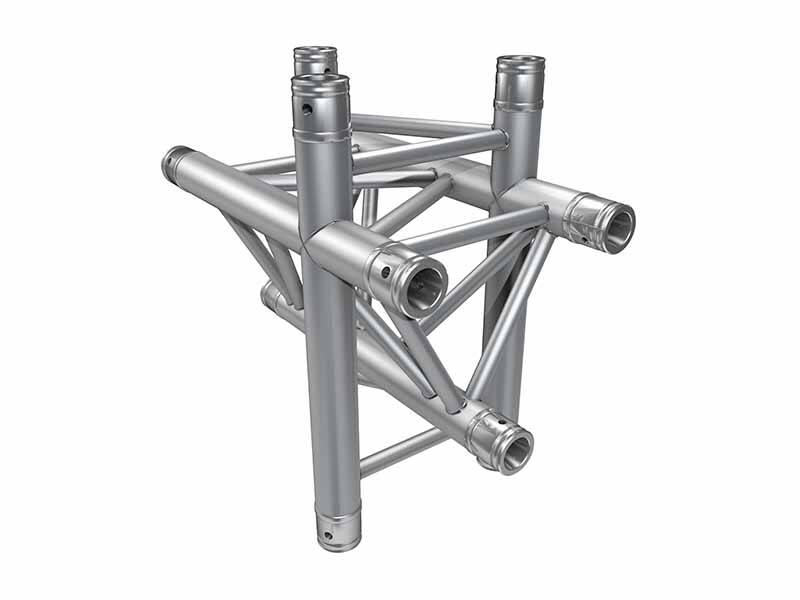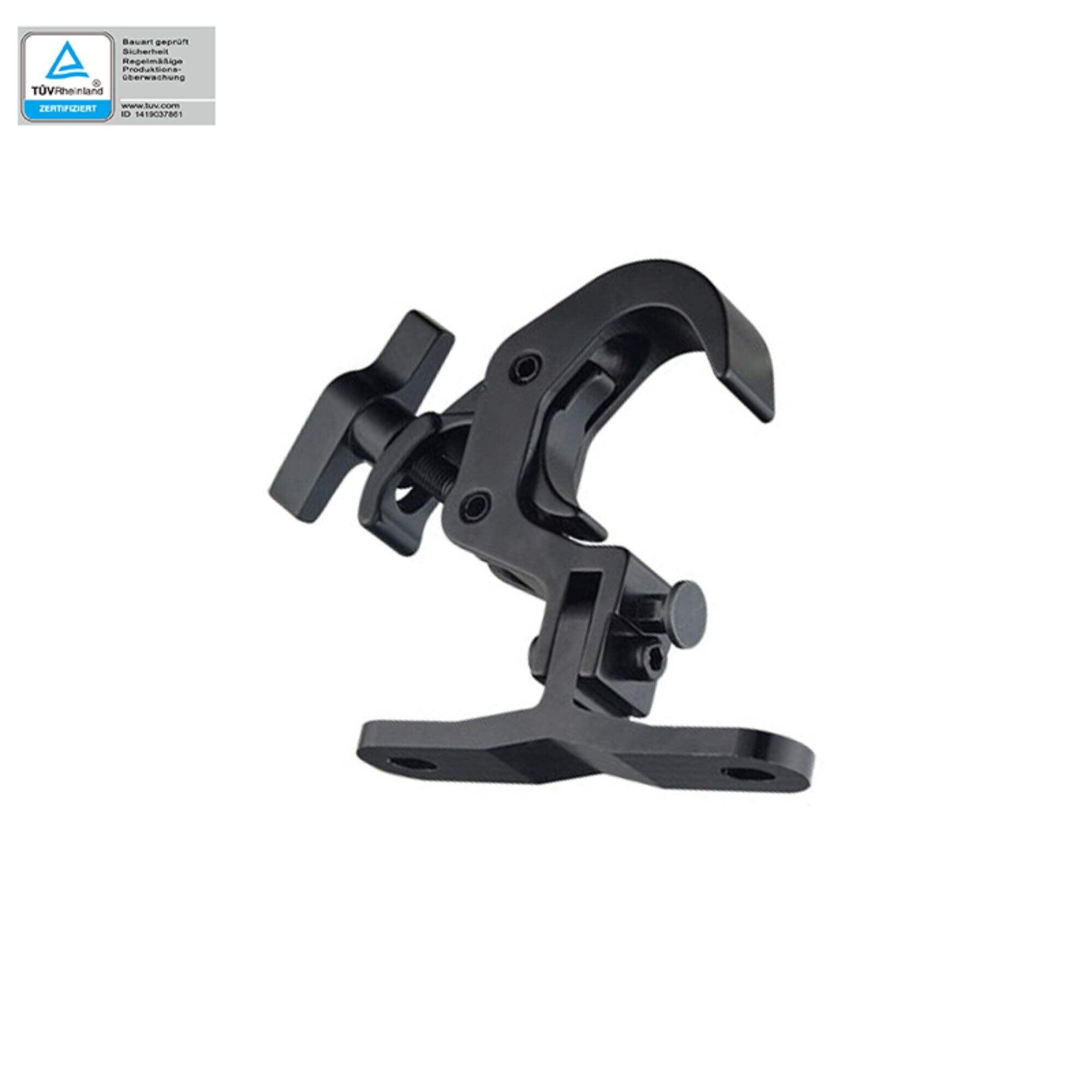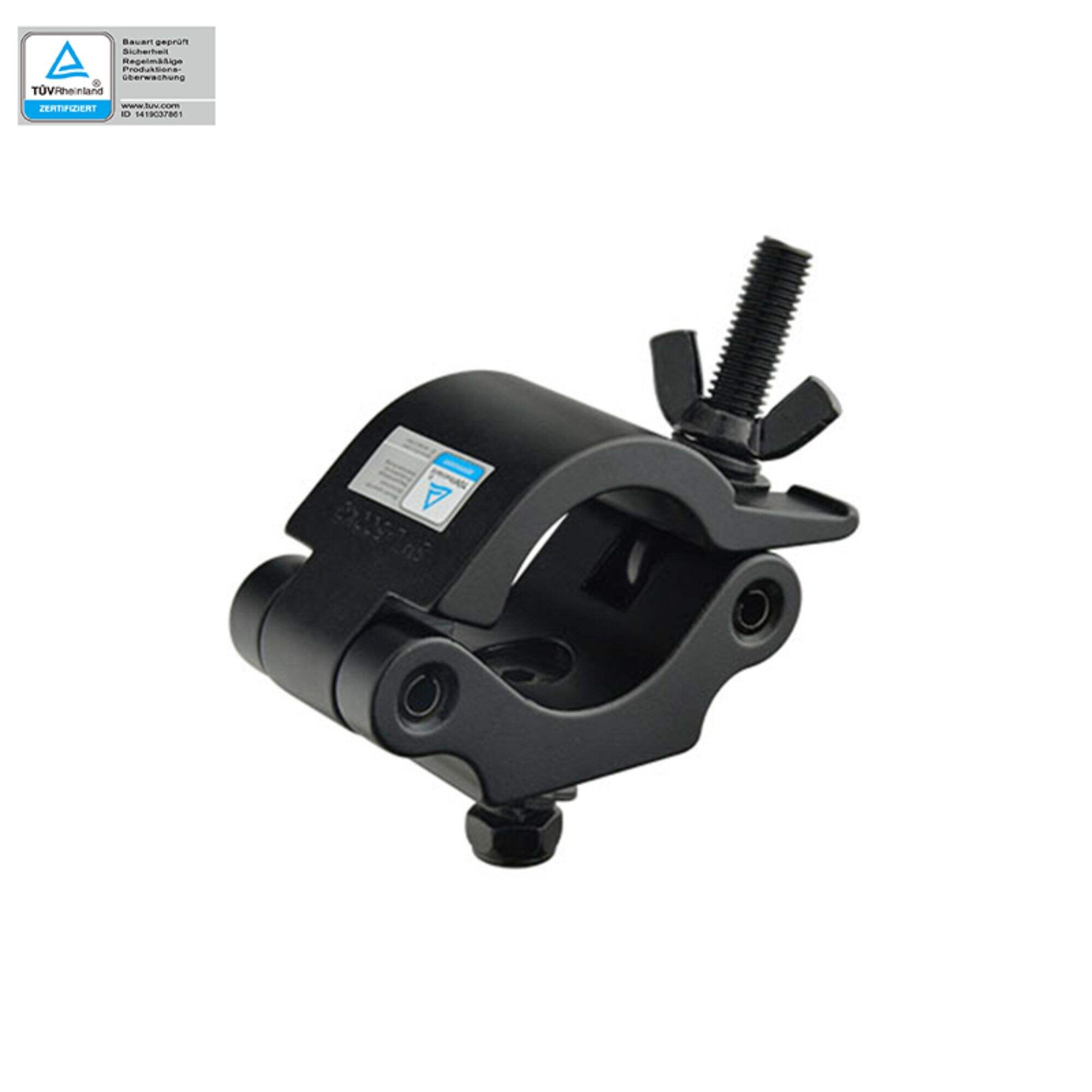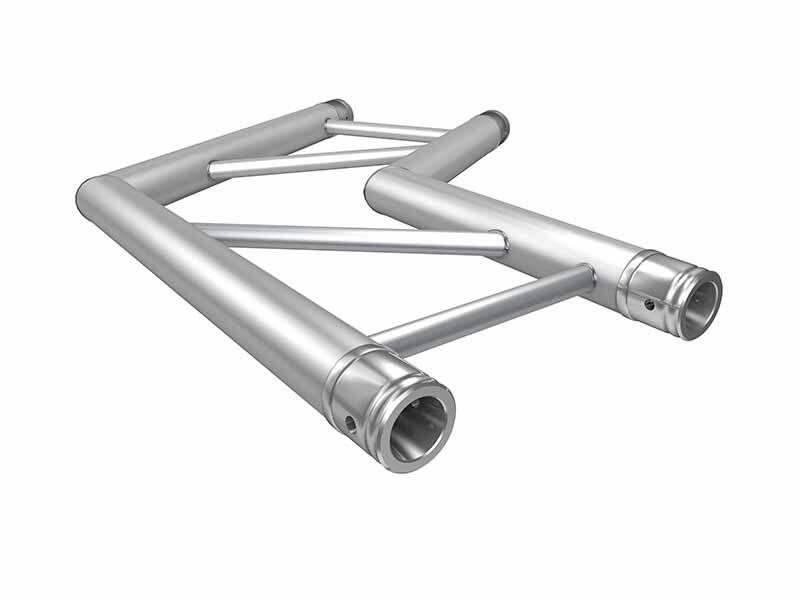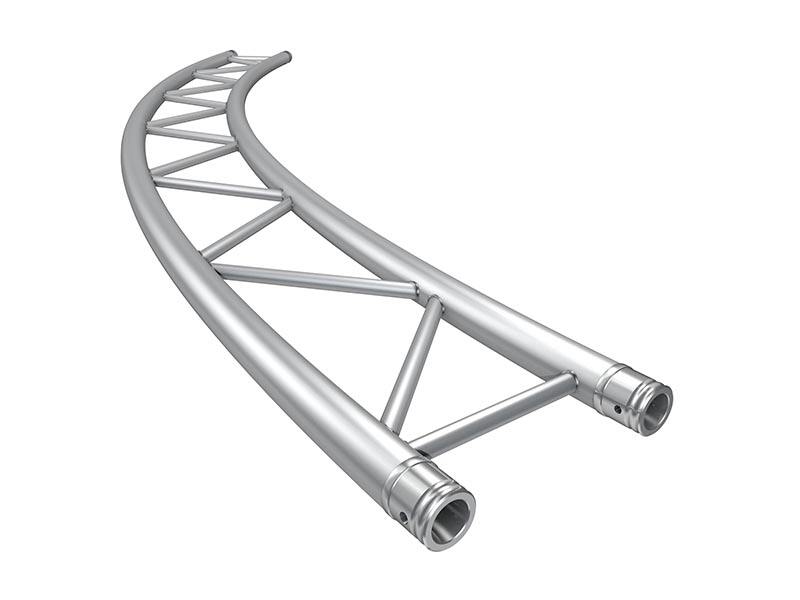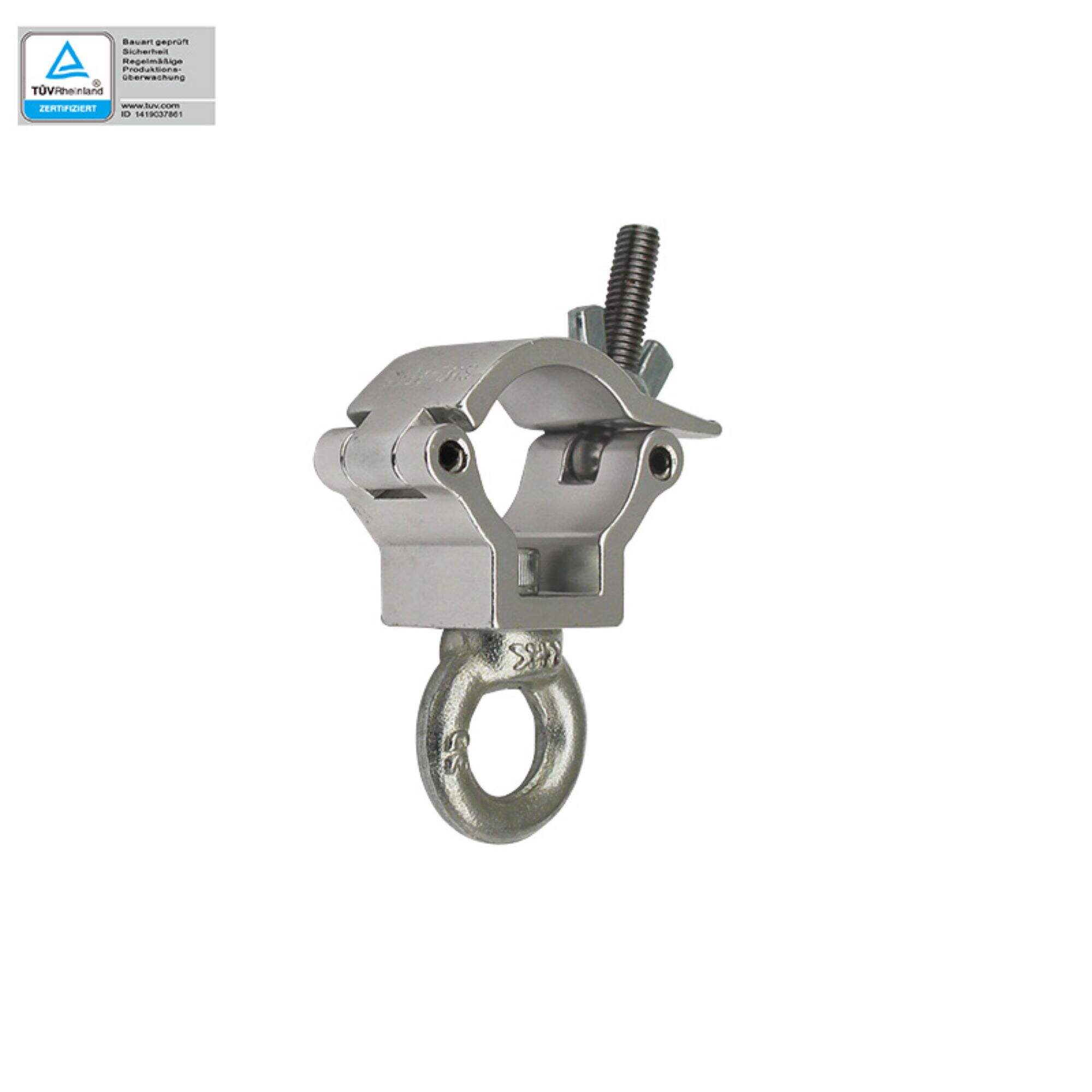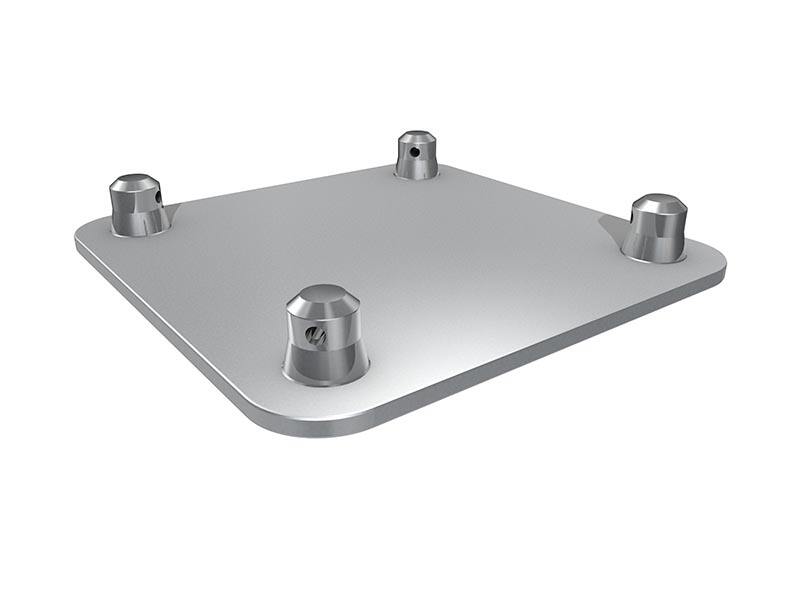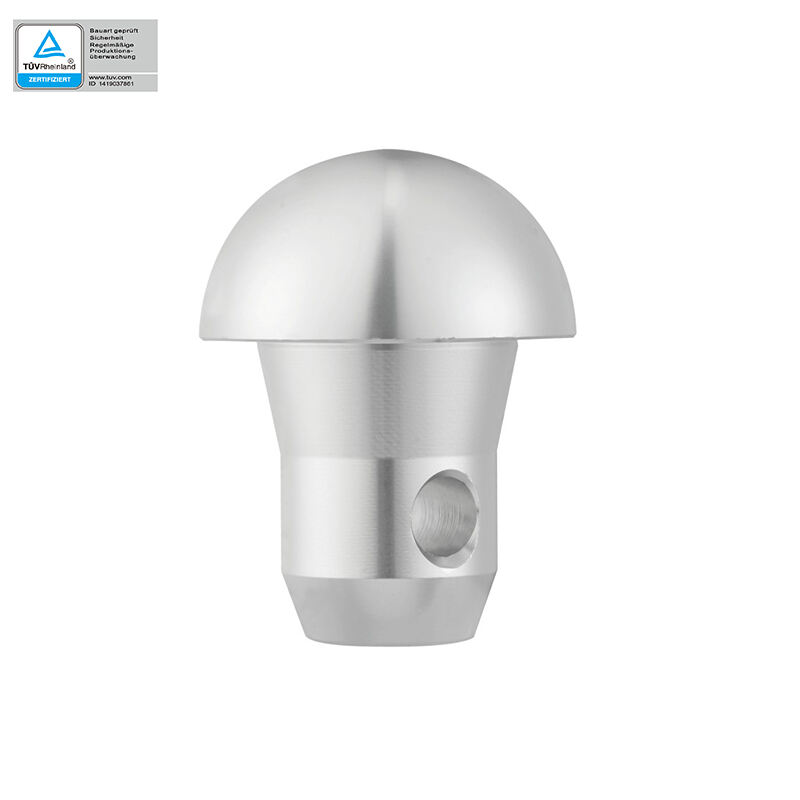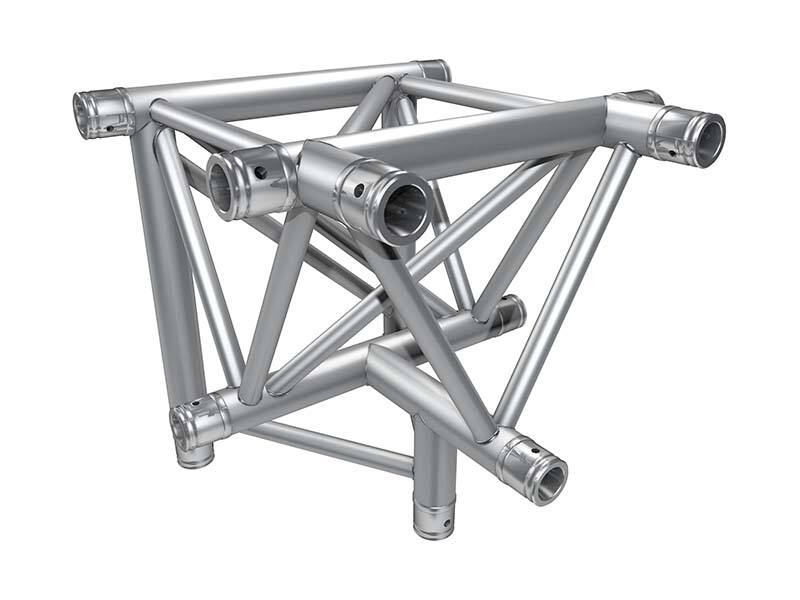Understanding Truss Couplers in Structural Engineering
Introduction to Truss Couplers
In the field of structural engineering, truss couplers are indispensable in connecting truss members effectively and safely. They form an integral part of many structures including bridges, roofs and industrial frames whereby they provide stability and enable them to bear loads. Truss couplers are intended to aid the assembly of truss systems by making solid connections amid individual members which make up a strong structure that is safe.
Types and Functions of Truss Couplers
Truss couplers are made in different types each designed for special structural needs. Swivel coupler, for example allows for angular adjustments which makes it ideal for complicated assemblies where exact alignment is important. Conversely, double couplers couple two parallel trusses members thus creating a strong joint. Girder couplers on the other hand attach trusses onto bigger main girders hence improving overall structural balance and load distribution.
Materials and Manufacturing of Truss Couplers
The choice of materials used in manufacturing of truss coupler is based on their strength, durability as well as resistance to corrosion. The commonly used materials include high-strength steel alloys whose use guarantees that the coupler can withstand heavy loads together with harsh environmental conditions over extended periods. Tight tolerances as well as consistent quality that play a significant role in making sure that truss couplers do not fail during demanding applications are achieved through precision manufacturing techniques such as forging or CNC machining.
Installation and Safety Considerations
Correct installation of truss couplers is crucial in ensuring that the entire system remains structurally sound. This means Engineers have to follow specific guidelines when it comes to torque specifications plus alignment so as to avoid common issues such as misalignment and overloading which could pose a risk to safety. They should also carry out regular inspections while doing maintenance time after time since these checks may determine if there are any signs of wear or corrosion at all that could significantly weaken them over time thereby keeping their performance at an optimum level and ensuring safety.
Advancements in Truss Coupler Technology
Recent technological advancements in truss couplers aim at improving ease of installation, durability as well as sustainability. This involves self-locking mechanisms which make the assembly process easier, and environmentally friendly coating that helps to reduce environmental impacts without compromising on the overall productivity. Furthermore, current research is directed towards coming up with lightweight but strong materials for truss couplers therefore promising improved efficiency and cost-effectiveness in future structural projects.
Conclusion
In conclusion, truss couplers are vital parts of contemporary structural engineering that enable building strong and dependable trusses across various applications. Familiarity with types, functions, materials, installation techniques, and recent technological innovations concerning these elements is critical for engineers who want to create safe, effective and sustainable structures. The ability of the technology to evolve will also determine how versatile or capable the truss couplers will be hence shaping worldwide structural engineering going forward.
Hot News
-
The Application Scenarios Of Lighting Hooks And Trusses
2023-12-14
-
Market Analysis Of Lighting Hooks And Trusses
2023-12-14
-
The Essence Of Lighting Hooks And Trusses
2023-12-14
-
An In-Depth Look At Lamp Hooks And Truss Products
2023-12-14
-
Light Hooks And Truss Products: A Niche But Vital Industry
2023-12-14

 EN
EN
 AR
AR
 BG
BG
 HR
HR
 CS
CS
 DA
DA
 NL
NL
 FI
FI
 FR
FR
 DE
DE
 EL
EL
 HI
HI
 IT
IT
 JA
JA
 KO
KO
 NO
NO
 PL
PL
 PT
PT
 RO
RO
 RU
RU
 ES
ES
 SV
SV
 TL
TL
 ID
ID
 LT
LT
 SK
SK
 UK
UK
 VI
VI
 SQ
SQ
 GL
GL
 HU
HU
 TH
TH
 TR
TR
 FA
FA
 MS
MS
 GA
GA
 IS
IS
 MK
MK
 EU
EU
 KA
KA
